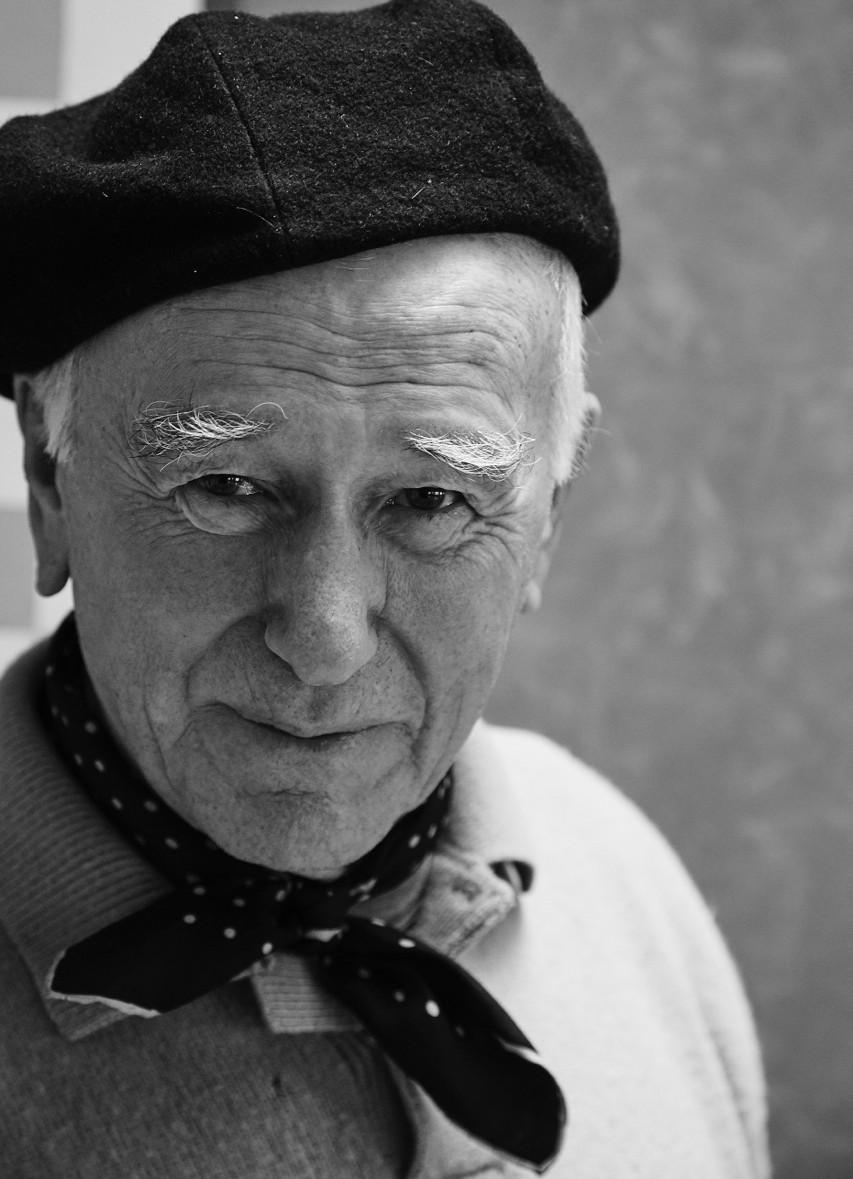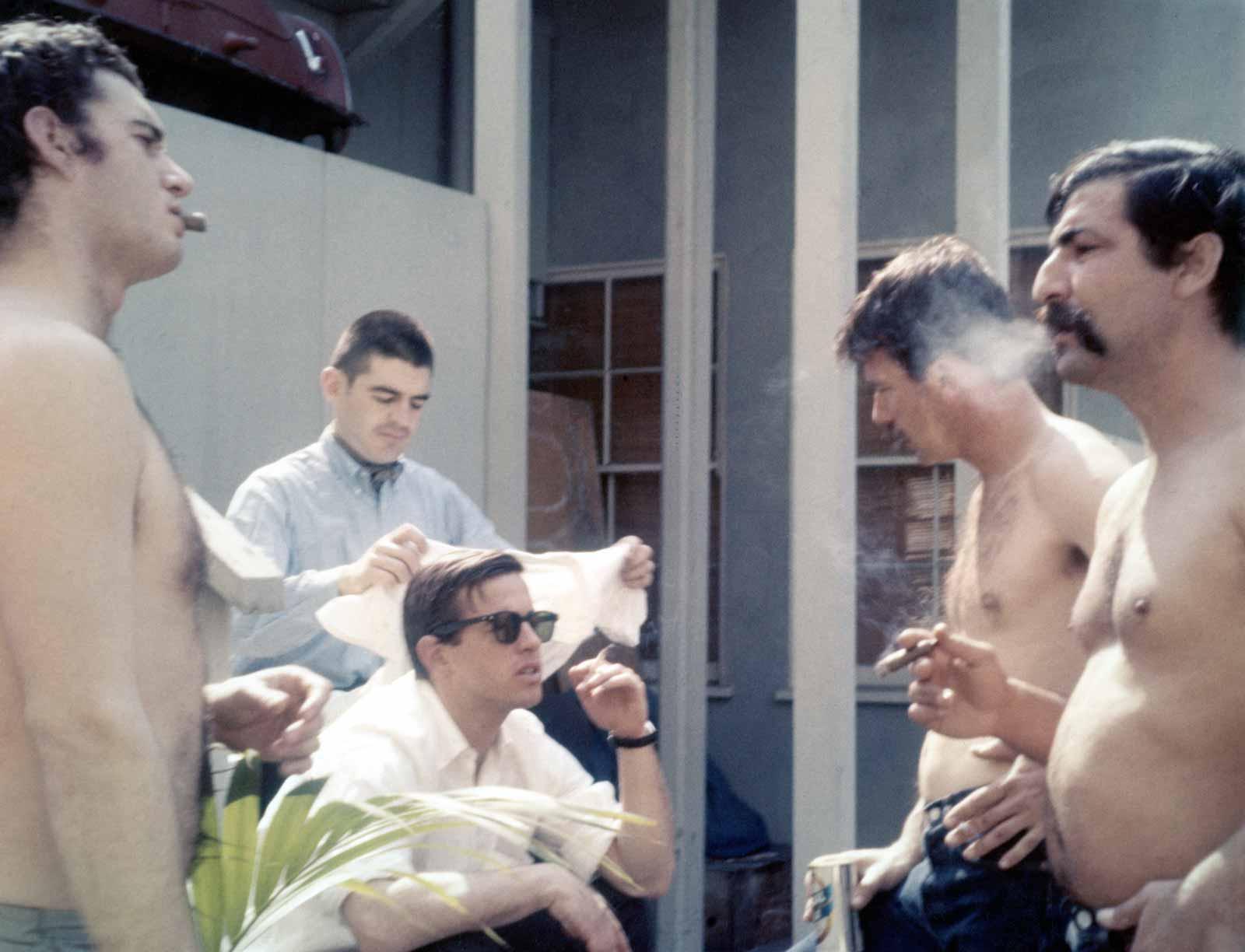Many of them lived in Venice but often hung around Ferus Gallery in West Hollywood, on North La Cienega across from Barney’s Beanery where they went for beer when they had two nickels. Curated by Walter Hopps and Irving Blum, the gallery was the first to show Andy Warhol’s soup cans. When they didn’t sell as a set, Blum bought all 32 of them for a mere $3,000. Hopps organized the first ever Marcel Duchamp retrospective in 1963 at the Pasadena Art Museum when the groundbreaking artist was a spry 76 years old.
“Walter was a genuine genius. He was smarter than anybody and he was more devoted to the arts than anyone could be. Keinholz ‘keinholzed’ him,” Bengston explains about Hopps’ first partner in the gallery, sculptor-installation artist Ed Keinholz, who was later bought out by Blum. “Keinholz made his money by literally screwing everybody. It’s true.”
































